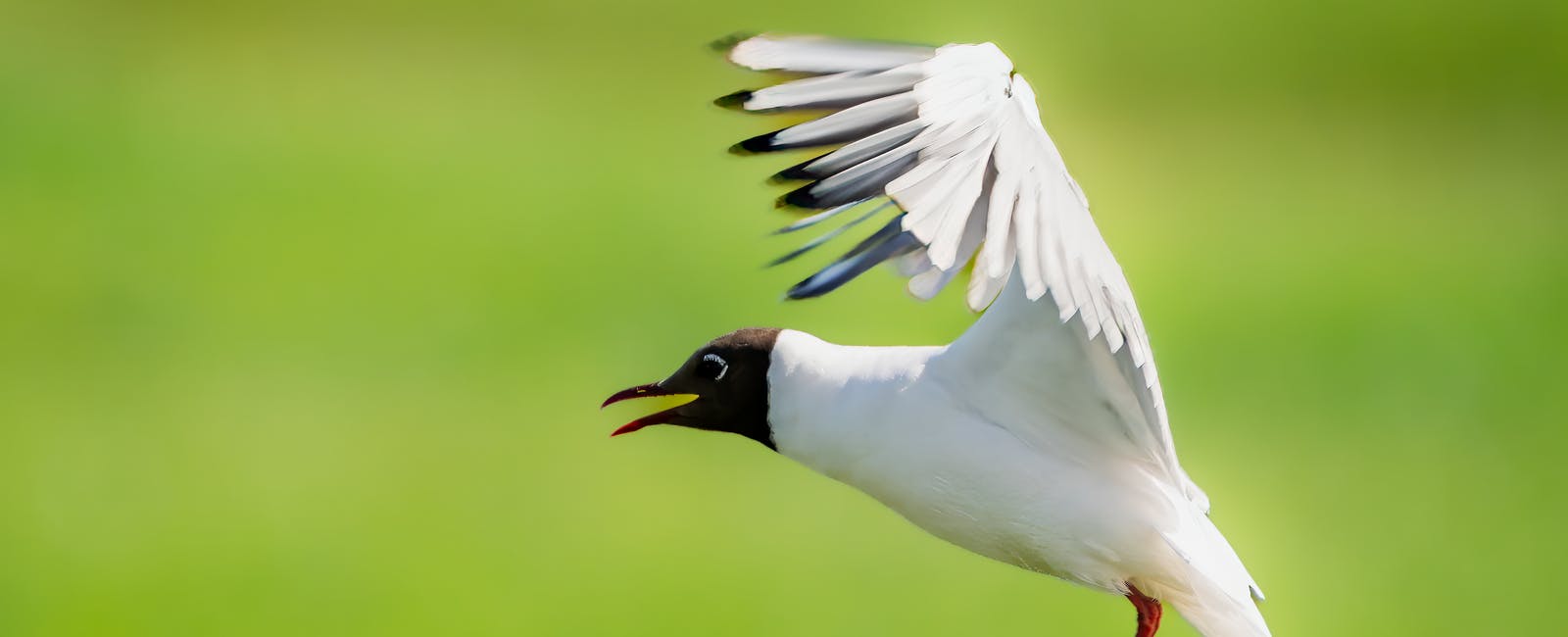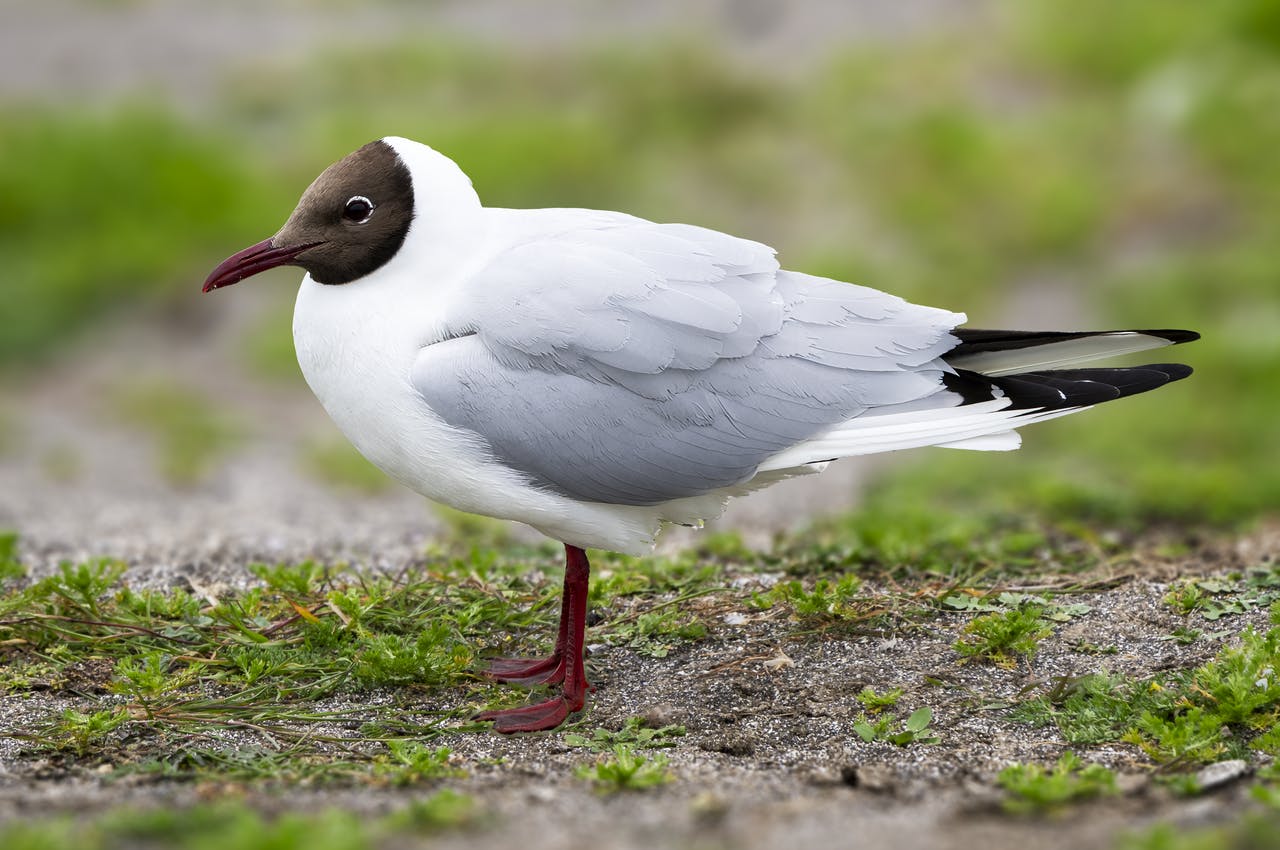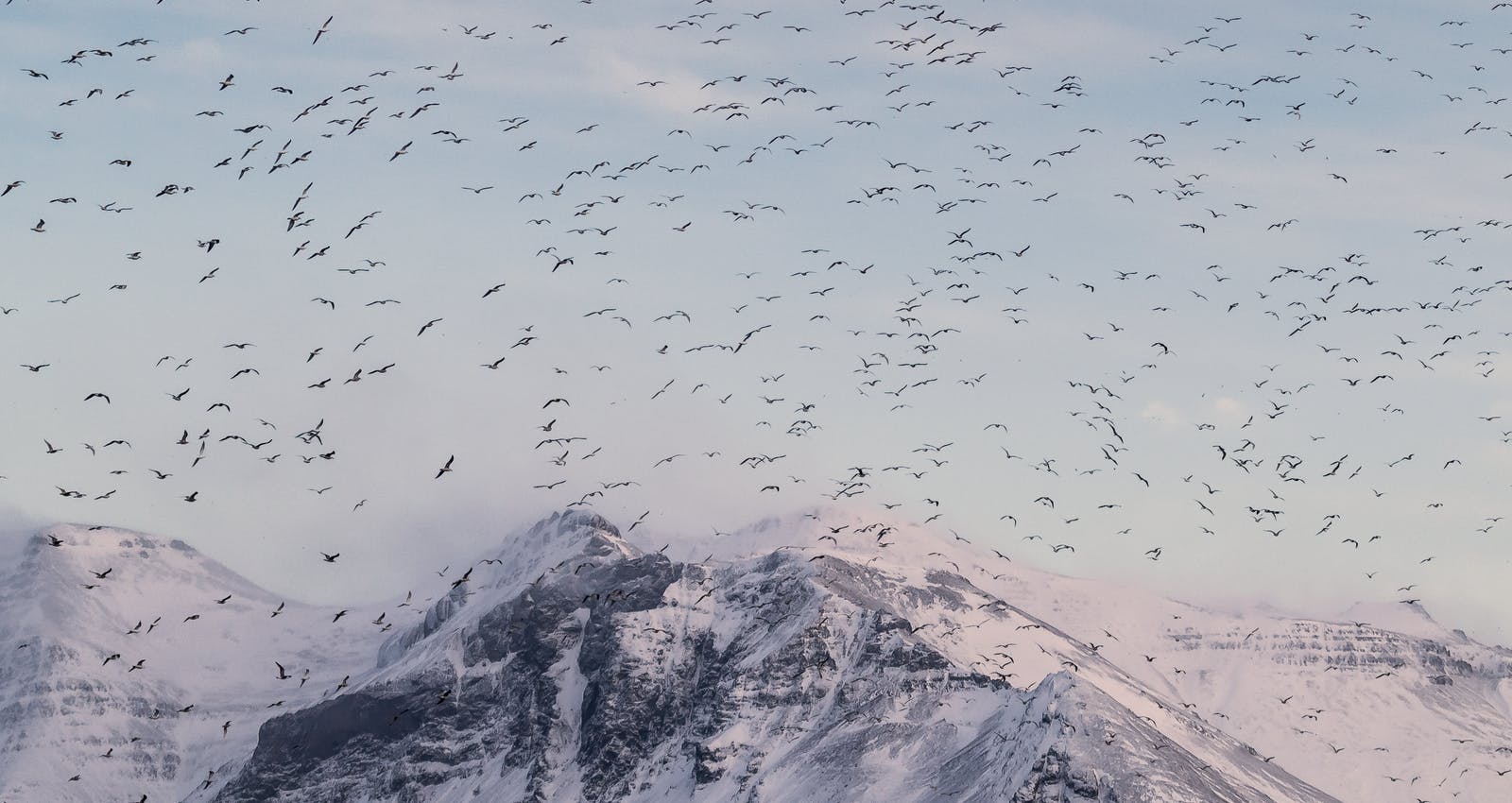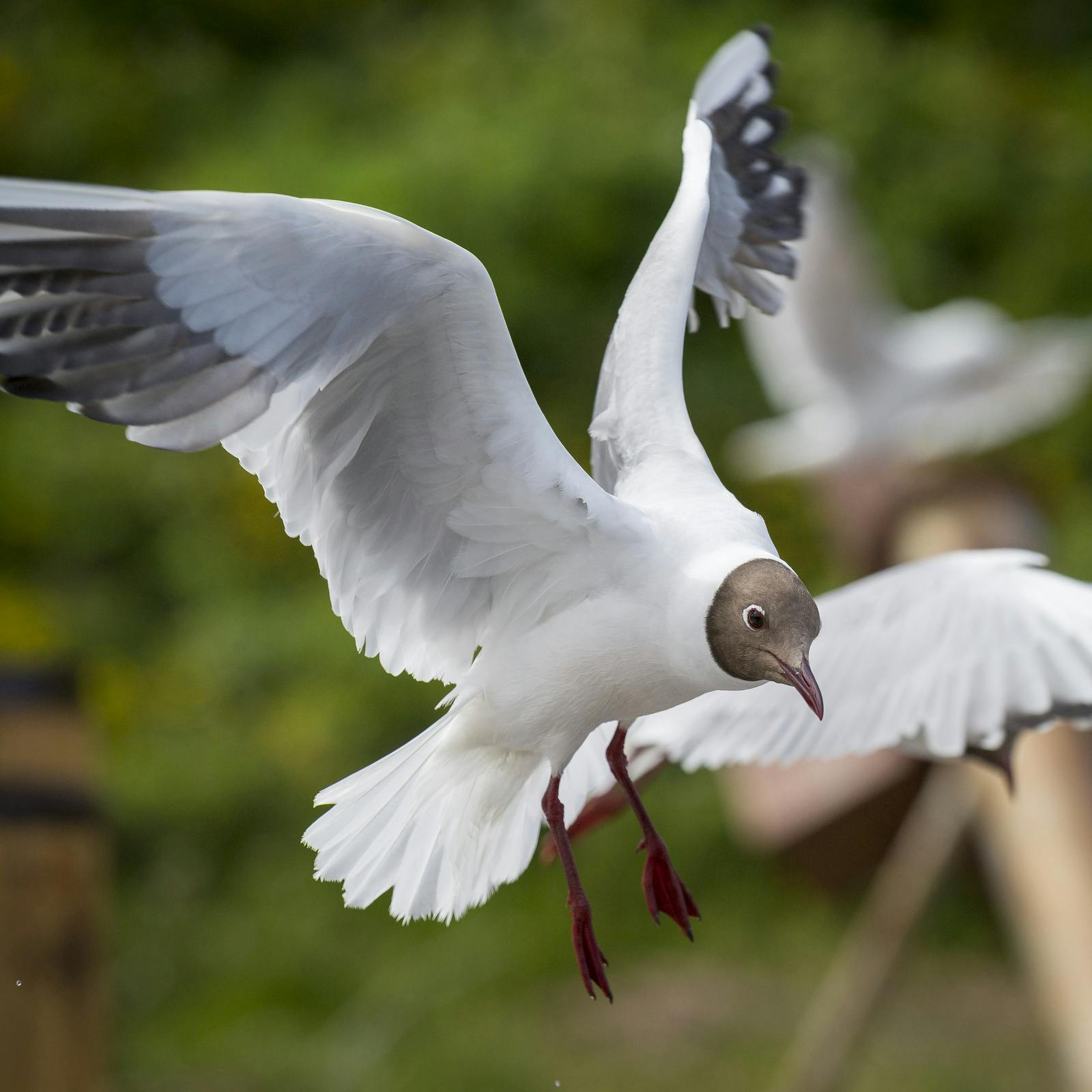
The Black-Headed Gull
The Smallest Seagull in Iceland
The black-headed gull (formerly Larus ridibundus, now known as Chroicocephalus ridibundus) belongs to the gull family (Laridae) and the genus Chroicocephalus. Gulls in this genus are small to medium-sized, most of them having a distinguished hood on the head. These species were previously placed in the Larus genus, which includes the real gulls. The black-headed gull is widely distributed and nests in Europe, Asia and on the east coast of Canada.
To learn more about Icelandic nature and wildlife, visit the Perlan Museum in Reykjavík. Here, you can dive deeper into every aspect of what Iceland's wonders have to offer. This interactive museum is a great experience for all ages, giving you a unique opportunity to experience Iceland in one place. Read more about the exhibitions Perlan Museum has to offer here.
A Delicate Bird with a Distinguished Dark Hood

The black-headed gull is delicate, wearing a characteristic dark brown hood when wearing summer plumage. The body is white with a greyish back but black wingtips. It has webbed feet, like the beak, red on adult birds. Fledglings are brownish above but lighter coloured below. They have pale feet and a brown beak. Juveniles have pink feet and a dark tip on the beak. The body is mostly white, but the wings are brownish.
In winter plumage, the black-headed gull resembles a juvenile but has a dark spot behind the eye. The black-headed gull is 38-43 cm (15-17 in) long with a 94-104 cm (37-41 in) wingspan and weighs about 11 oz. The male is a little bigger than the female, which is common among Charadriiformes.
The Population Size is Fluctuating but Spread Out
The black-headed gull started breeding in Iceland around 1930 and dispersed quickly around the country. The population grew fast and was estimated at 25,000-30,000 breeding pairs in 1990. The population size today is unknown, but it has fluctuated greatly since 1990, but it is still considered big. The black-headed gull is found all around Iceland and is often spotted near the seashore and in harbours, but it is also found in cultivated areas in the lowlands.
Where Do They Come From and Where Do They Go?

Most Icelandic black-headed gulls are migratory and arrive in the country in late March and leave towards Great Britain and west Europe when the days become shorter in September. Icelandic birds have also been observed in Southwest Greenland and Newfoundland. During winter, a few thousand black-headed gulls stay at the seashore in south and southwest Iceland.
Nesting and Rearing Youngs
The black-headed gull most often nests in wetlands or close to lakes and the sea. Still, colonies can be found in the lowlands on dry sands or moars. They often nest in sparse colonies that can count over 1000 breeding pairs. The nest is a pile of dry vegetation and feathers where the bird lays 2-3 eggs. The incubation time is 23-26 days. The eggs are olive green with dark spots and weigh about 1.4 oz each.
Both parents care for the young until it can fly. They bring food and keep it warm during the cold Arctic nights. The black-headed gull is very territorial and defends its nesting area aggressively toward intruders. Other birds seek its protection, and therefore, many bird species can be found nesting in black-headed gull colonies.
Eating Habits of the Black-Headed Gull

Like other gulls, the black-headed gull is an opportunistic feeder and is a well-known "city bird "that feeds on all kinds of scrap. On the beach, it feeds mostly on invertebrates, small fish and fish waste. In the lowlands on cultivated fields, it feeds on insects, worms and seeds. The black-headed gull has been spotted stealing eggs and young of many small bird species and eating berries in the fall.
Five Small Facts about the Black-Headed Gull
- The black-headed gull is the smallest gull in Iceland.
- The Latin name of the black-headed gull means "the laughing gull ", as his sounds resemble laughter.
- The oldest known black-headed gull was 33 years old.
- A young black-headed gull becomes mature and gets its hood two years old.
- The black-headed gull was sometimes called "the newspaper tern "in Iceland, and a picture of it was published in the newspaper with the headline that the tern had finally arrived. Both these species have a characteristic dark hood, which can confuse amateur bird watchers.







